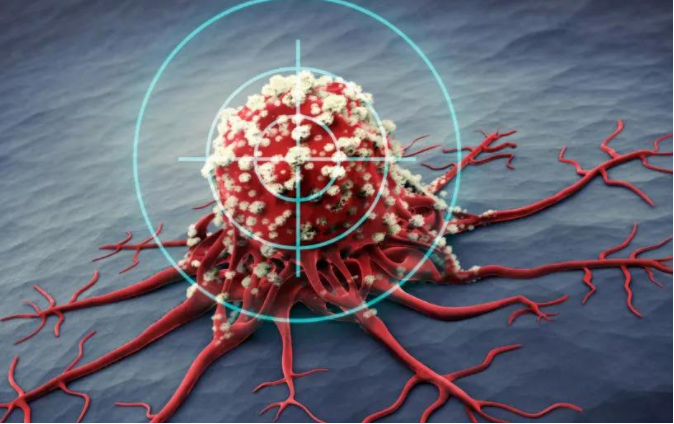Locating axillary lymph nodes using radio-frequency identification (RFID) tags is a safe and feasible treatment for breast cancer, a British scholar wrote in an article published in Clinical Radiology.
Researchers led by Dr Simon Lowes of Queen Elizabeth’s Hospital in Gateshead (north-east England) have found that RFID tags can be used to wirelessly locate axillary lymph nodes in patients undergoing breast ultrasound and dual-view mammograms. the research team wrote. “The present dataset helps support the safe and effective application of RFID tags for localization of axillary lymph nodes.
In recent years, there has been increasing interest in the use of wireless location technology to more precisely locate lymph nodes in breast cancer. The researchers hypothesized that wireless alternatives such as RFID tags could alleviate possible problems for radiologists and surgeons in breast cancer treatment, and that better localization of lymph nodes could also help breast cancer patients develop better treatment strategies and avoid overtreatment . Lowes and colleagues note that there is almost zero data on wireless localization of axillary lymph nodes, including the use of RFID tags implanted in breast testing areas. To add to the existing literature, they investigated the safety and feasibility of using RFID tags to locate axillary lymph nodes. Both used an 11 mm x 2 mm passive RFID tag preloaded onto a 12-gauge needle system (LOCazer, Hologic) that uses image-guided percutaneous deployment. Label placement was then confirmed by ultrasound and dual-view mammography. Each tag has a unique five-digit identification number, which is transmitted via a handheld reader. The reader also displays the real-time distance between the detector and each tag, accurate to the millimeter level.
The study also included data from the first 75 RFID-targeted axillary node insertions between 2019 and 2022; during this period, a total of 1,296 breast and axillary tags were deployed in 1,120 patients (breast cancer receiving neoadjuvant chemotherapy The patient inserts the RFID tag after completing the treatment). The tags were implanted an average of 11 days before surgery. Of the 75 underarm labels, 70 showed primary breast cancer and 5 showed no cancer. Of the 70 signatures suggestive of breast cancer, 20 indicated the need for neoadjuvant chemotherapy. The organization reports a 100 percent success rate for RFID tag deployments. At the same time, the team also found that all tags and their respective axillary lymph nodes were successfully removed without significant complications. “There were four cases of label displacement during resection, but overall, this did not affect labeling or lymph node recovery,” Lowes and colleagues wrote.
The study authors suggest that based on their findings, combined with data from previous studies, teams of clinical professionals treating women with breast cancer should work together to decide which wireless location technology should be used. It also pointed out that while all wireless devices have their pros and cons, when it comes to breast lesions, they perform well for locating axillary lymph nodes.
Post time: Jun-30-2023




